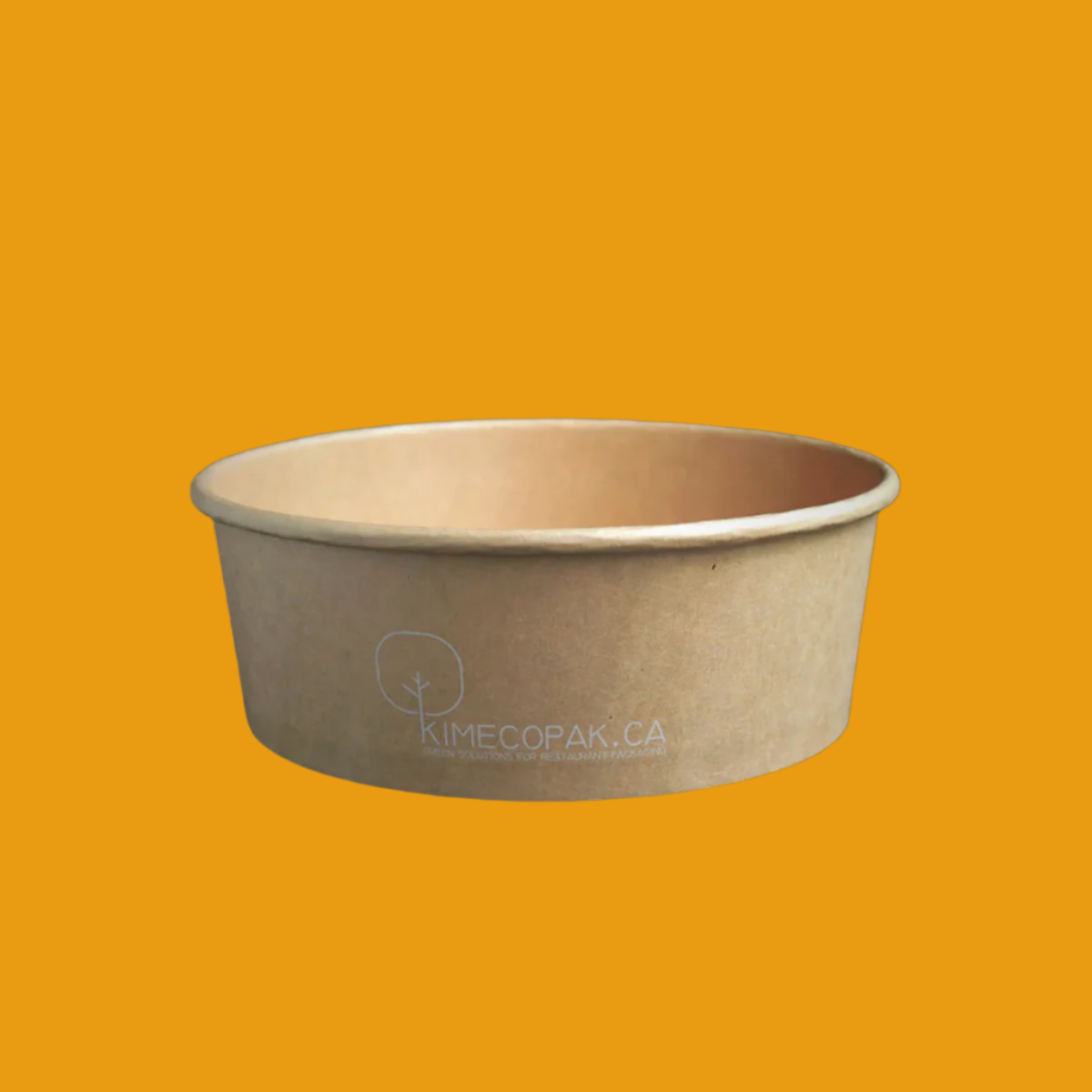How to open a fast food franchise? Don’t overlook the gear, this Sandwich Shop Equipment Checklist highlights why having the right tools is key to success. From prepping ingredients faster and serving consistent meals to cutting labor costs and creating a scalable setup, the right equipment powers every part of your operation. Whether you're launching a cold-sandwich kiosk or a full dine-in spot, starting with the essentials ensures smoother service, happier customers, and room to grow.
- Restaurant Franchise Cost: How Much Does It Take to Open in 2025?
- How to Start a Pizza Business: Step-by-Step Guide to Launching a Profitable Pizzeria
- Cheapest Restaurant Franchise Opportunities: Top Picks for First-Time Investors in 2025
Why the Right Equipment Matters When Opening a Sandwich Shop

Choosing the right equipment is a critical step when launching your sandwich shop. It significantly influences several key areas:
- Impacts prep time, food consistency, and customer experience: Efficient equipment ensures that your employees can prepare sandwiches quickly and effectively, leading to shorter wait times for customers and a better dining experience. Consistency in food quality is essential; the right tools help maintain the same taste and presentation every time.
- Helps reduce labor costs and food waste: Investing in high-quality equipment can streamline operations, reducing the need for extensive labor. Additionally, reliable machines help minimize food waste due to better storage and preparation processes, ultimately leading to increased profits.
- Critical for building a professional, scalable setup: As your sandwich shop grows, the equipment you choose can either support expansion or hinder it. Ensuring you have a professional setup will make it easier to scale your business and potentially add more menu items or locations in the future.
Sandwich Shop Equipment List

1. Refrigeration Equipment
Proper refrigeration is essential in the sandwich business to ensure food safety and quality. Key items include:
- Sandwich prep table with built-in fridge: This allows quick access to ingredients while optimizing space. It keeps items cool during the preparation process.
- Reach-in refrigerator for bulk storage: Perfect for storing larger quantities of meats, cheeses, and other perishable items, this refrigeration type keeps inventory fresh and organized.
- Undercounter cooler (for compact spaces): This is ideal for smaller shops, offering an efficient way to store ingredients without taking up too much floor space.
- Optional: display fridge for bottled drinks or grab-and-go items: A display fridge not only keeps beverages cool but also showcases items to customers, enhancing visibility and boosting sales.
2. Food Prep Equipment
Having reliable food prep equipment is essential for efficient sandwich making. Items that you should consider include:
- Commercial meat slicer (for deli meats, cheese): A necessary tool for slicing various meats and cheeses, ensuring uniform portions, leading to consistent flavors.
- Food processor or veggie slicer (for onions, lettuce, tomatoes): These tools save time and labor while ensuring that veggies are consistently chopped and ready for use.
- Cutting boards, chef’s knives, prep tables: Basic but essential, these items support safe and efficient food preparation.
- Digital food scale for portion control: Accurate portioning helps manage food costs and ensures every sandwich is made consistently.
3. Cooking Equipment (if hot sandwiches are offered)
If your sandwich shop offers hot sandwiches, you'll need additional cooking equipment:
- Panini press/sandwich grill: This is vital for creating hot, toasted sandwiches, enhancing texture and flavor.
- Flat-top griddle: Ideal for cooking various sandwich varieties, from burgers to grilled vegetables.
- Countertop convection oven: Provides an additional cooking method for heating sandwiches evenly.
- Microwave: A quick way to heat up items without taking up too much space.
4. Bread & Ingredient Holding
Effective organization of bread and ingredients contributes to efficient sandwich making:
- Bread box or humidity-controlled drawer: Keeps bread fresh while also facilitating easy access for staff during busy hours.
- Condiment dispensers and topping bins: Streamlined dispensing helps staff serve customers quickly while maintaining cleanliness.
- Stainless steel insert pans: Durable and easy to clean, these pans provide organization for various toppings.
5. Beverage & Side Service
Offering complementary items enhances the overall experience for your customers. Consider these additions:
- Coffee machine or soup warmer: Adding coffee or hot soup can diversify your menu and provide additional revenue streams.
- Beverage cooler: A dedicated cooler for drinks ensures they are always chilled and ready to serve.
- Ice machine (optional): Necessary if you're offering iced beverages or want to enhance your drink presentations.
Front-of-House Equipment

POS System
A reliable point-of-sale system is vital for smooth operations:
- POS terminal: A robust system keeps your orders organized and tracks sales.
- Receipt printer: Essential for providing customers with proof of their purchases, which enhances customer service.
- Online order integration: Expanding to online sales can significantly increase your potential customer base.
Packaging & Takeout Supplies
Enhancing your brand also involves investing in quality takeout supplies:
- Sandwich wraps, kraft boxes: Environmentally friendly packaging options reflect well on your brand while providing a functional design.
- Napkins, cutlery, bags: Essential items that customers expect for a takeout experience.
Display & Signage
What your customers see can influence their purchases:
- Menu board: Clearly displaying your menu items and prices can drive orders while enhancing the dining experience.
- Product display shelf: Use this to showcase specials or best-sellers, enticing customers to try new items.
Cleaning & Safety Gear

Maintaining a clean and safe environment is crucial in the fast food industry. Having the right cleaning and safety gear not only ensures compliance with health regulations but also promotes a safe working atmosphere for your employees. Here are the essential items you will need:
3-Compartment
A 3-compartment sink vital for thoroughly washing, rinsing, and sanitizing kitchen utensils and equipment. It helps prevent cross-contamination and meets health department standards for food service establishments. When choosing a 3-compartment sink, consider the size based on your expected volume and menu offerings.
Hand Sink
In fast food operations, frequent handwashing is a must. A designated hand sink allows staff to wash their hands easily and efficiently at critical moments, such as before food preparation or after handling raw ingredients. Providing soap and disposable towels contributes to hygiene and keeps your team safe from cross-contamination.
Sanitizing Supplies
Keeping your kitchen sanitized is a top priority. As a franchise owner, you will need the right sanitizing supplies, including:
- Commercial-grade sanitizers
- Cleaning cloths
- Disposable gloves
- Spray bottles for easy application
Establish strict protocols for using these supplies to ensure your kitchen remains hygienic and compliant with health regulations.
Grease Trap (if needed)
If your fast food restaurant will be frying foods or producing a significant amount of grease, a grease trap may be necessary. This system captures and separates fats, oils, and grease from wastewater before entering the sewer system. Depending on local regulations, you may need to install a grease trap to maintain proper waste disposal and avoid costly fines.
Cost Breakdown: How Much Does It Cost to Equip a Sandwich Shop?

Understanding the financial aspects of opening a sandwich shop franchise is essential to planning and budgeting effectively. Here’s a breakdown of the estimated costs associated with this venture:
Setup Type: Estimated Cost
- Cold setup only: $5,000–$10,000: This budget typically covers essential equipment for a sandwich shop that serves cold items, such as a refrigerator, cold prep tables, and basic utensils.
- With hot options: $10,000–$20,000: If you want to offer hot sandwiches or warm sides, you will need additional equipment such as toasters, panini presses, or ovens. This higher investment allows you to expand your menu.
- Full dine-in sandwich shop: $20,000–$35,000+: A full setup includes all necessary equipment for a dine-in operation, such as seating arrangements, comprehensive kitchen equipment, and potentially decor. This option is best if you're looking to provide a complete dining experience for your customers.
You’ve taken the first step toward building your fast food business — now imagine transforming it into a powerful franchise brand recognized across cities.
This August, we’re launching an exclusive guide packed with everything you need to confidently grow your fast food concept into a scalable franchise. From streamlined operations and staffing models to brand consistency and local marketing strategies, this guide gives you the tools to grow with speed and confidence.
Stay tuned — your next big expansion starts here.
👉 Want early access? [SIGN UP HERE] to get the guide first when it launches.
Conclusion
Choosing the right equipment is foundational to the success of your fast food franchise. Assess your concept and budget carefully to determine what will best fit your restaurant's needs. It’s wise to start lean, investing in essential items while leaving room for future expansion. As your business grows, you can scale your setup accordingly, bringing more options to your customers and increasing your overall revenue. Starting smart can set you on the path to success in the fast food industry.









